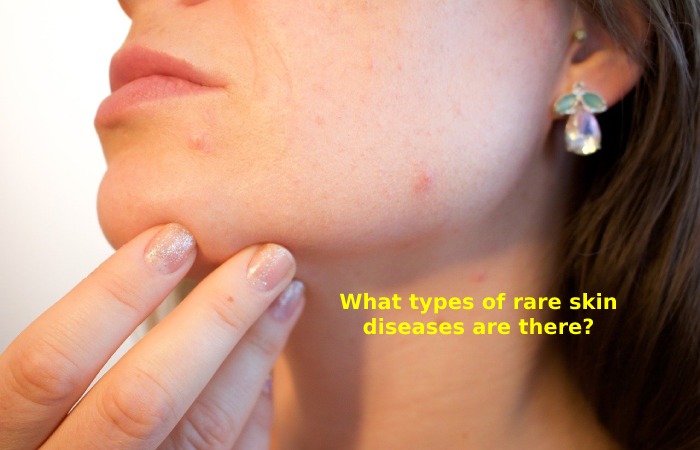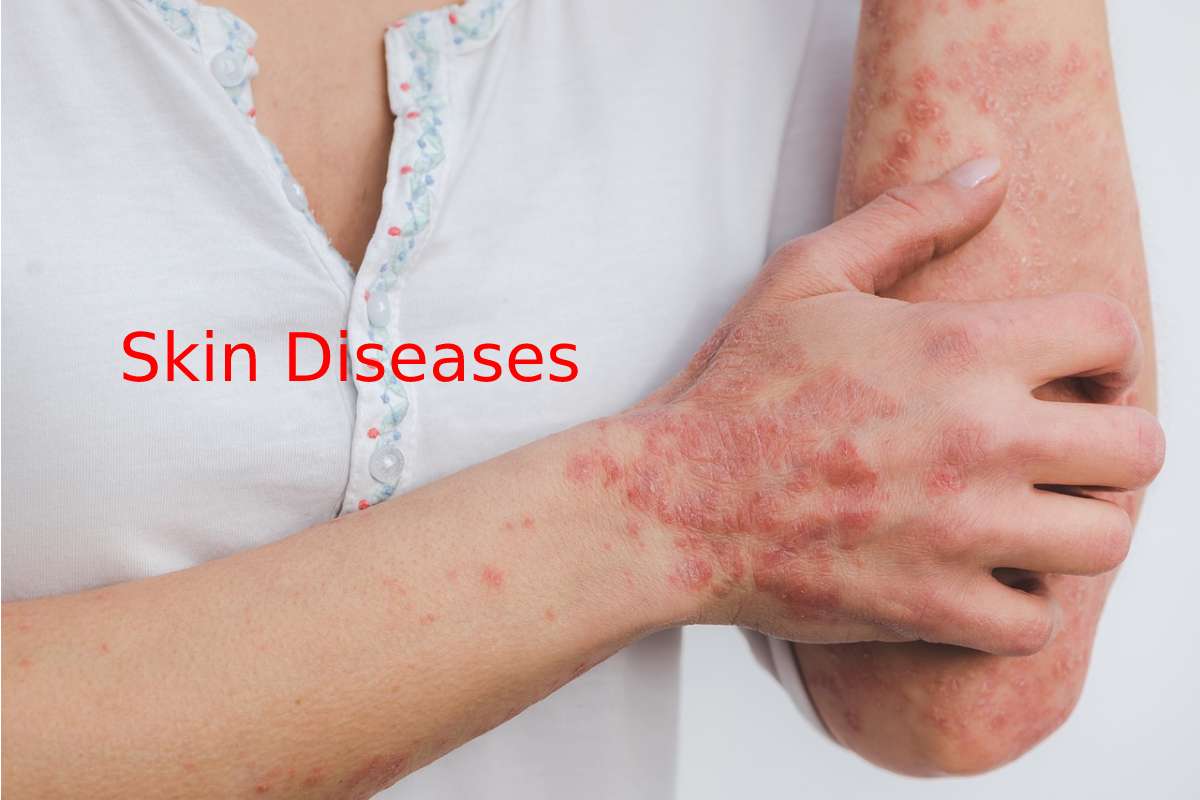Skin diseases are diseases that affect the skin. These diseases can cause skin rashes, inflammation, itching, or other skin changes. Some skin conditions can be genetic, while lifestyle factors can cause others. Treatment for skin conditions may include medications, creams or ointments, or lifestyle changes.
Table of Contents
What Are Skin Diseases?
Your skin is the large organ that covers and protects your body. Your skin has many functions. Works for:
- Retain fluids and also, prevent dehydration.
- It helps you feel sensations like temperature or pain.
- Prevent the entry of bacteria, viruses and other causes of infection.
- Stabilize your body temperature.
- Synthesize (create) vitamin D in response to sun exposure.
- Skin diseases include any condition that clogs, irritates, or inflames the skin. Skin diseases often cause skin rashes or other changes in the appearance of the skin.
What Are The Most Mutual Types Of Skin Diseases?
Some skin diseases are minor. Others cause severe symptoms. Some of the more common skin conditions are:
- Acne clogged skin follicles lead to a build-up of oil, bacteria and also, dead skin in the pores.
- Alopecia areata, hair loss in small patches.
- Atopic dermatitis (eczema) dry, itchy skin that causes swelling, cracking, or peeling.
- Psoriasis, scaly skin that may swell or feel hot.
- Raynaud’s phenomenon, periodic reductions in blood flow to the fingers, toes, or other parts of the body, causing numbness or changes in skin colour.
- Rosacea, redness, thick skin and pimples, mainly on the face.
- Skin cancer, uncontrolled growth of abnormal skin cells.
- Vitiligo, patches of skin that lose their pigment.
What types of rare skin diseases are there?

Many rare skin conditions are genetic, meaning you inherit them. and also, Some rare skin conditions are:
- Actinic prurigo (AP) is an itchy rash response to sun exposure.
- Argyria, changes in skin colour due to the accumulation of silver in your body.
- Chromhidrosis, cultured sweat.
- Epidermolysis bullosa is a connective tissue disease that causes fragile skin that easily blisters and tears.
- Harlequin ichthyosis, thick, hard patches or patches of skin present at birth.
- Lamellar is ichthyosis is a waxy layer of skin that sheds in the first few weeks of life to reveal red, scaly skin.
- Lipid necrobiosis is a rash on the lower legs that can develop into ulcers (sores).
Causes Of Skin Diseases
Specific lifestyle issues can lead to the development of skin diseases. In addition, underlying health issues can also affect your skin. Common causes of skin diseases are:
- Bacteria are trapped in pores or hair follicles.
- Disorders affecting the thyroid, kidneys or immune system.
- Contact with conservation triggers such as allergens or another person’s skin.
- Genetically
- Fungi or parasites are living on your skin.
- Medicines, e.g. B., for treating inflammatory bowel disease (IBD).
- virus
Symptoms Of Skin Diseases
All though, the symptoms of skin diseases vary greatly depending on the condition. All though, Skin variations are not always due to it. For example, you could get a blister from wearing shoes that don’t fit well. However, skin changes with no known cause may be related to an underlying medical condition.
In general, skin diseases can cause:
- Discoloured skin patches (abnormal pigmentation).
- Dry skin.
- Open wounds, lesions, or ulcers.
- Exfoliation of the skin.
- Rashes on the skin, possibly irritating or painful.
- Red, white, or pus-filled bumps.
- Flaky or rough skin.
How Is A Skin Disease Diagnosed?
A healthcare provider can often diagnose a skin condition by visually examining the skin. However, if reviewing your skin doesn’t provide clear answers, your doctor may use tests such as:
- Biopsy, removing a small piece of leather for examination under a microscope.
- Culture, taking a skin sample to detect bacteria, fungi or viruses.
- Skin test plaster, applying small amounts of the substance to test for allergic reactions.
- Blacklight examination (wood light test) with ultraviolet (UV) light to see skin pigments.
- It transmitted light by pressing a microscope slide against a skin patch to see if the skin colour changes.
- Dermatoscopy uses a portable device called a dermatoscope to diagnose skin lesions.
- Tzanck test, which checks the fluid in the bladder for herpes simplex or shingles.

